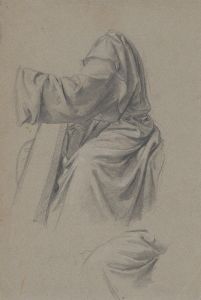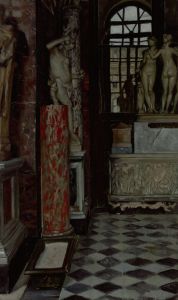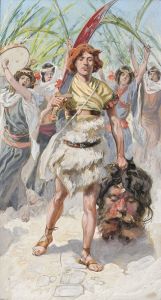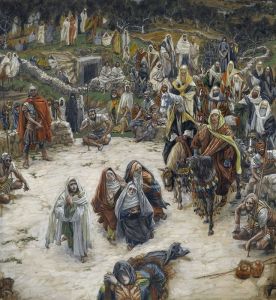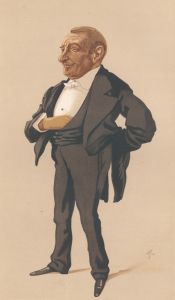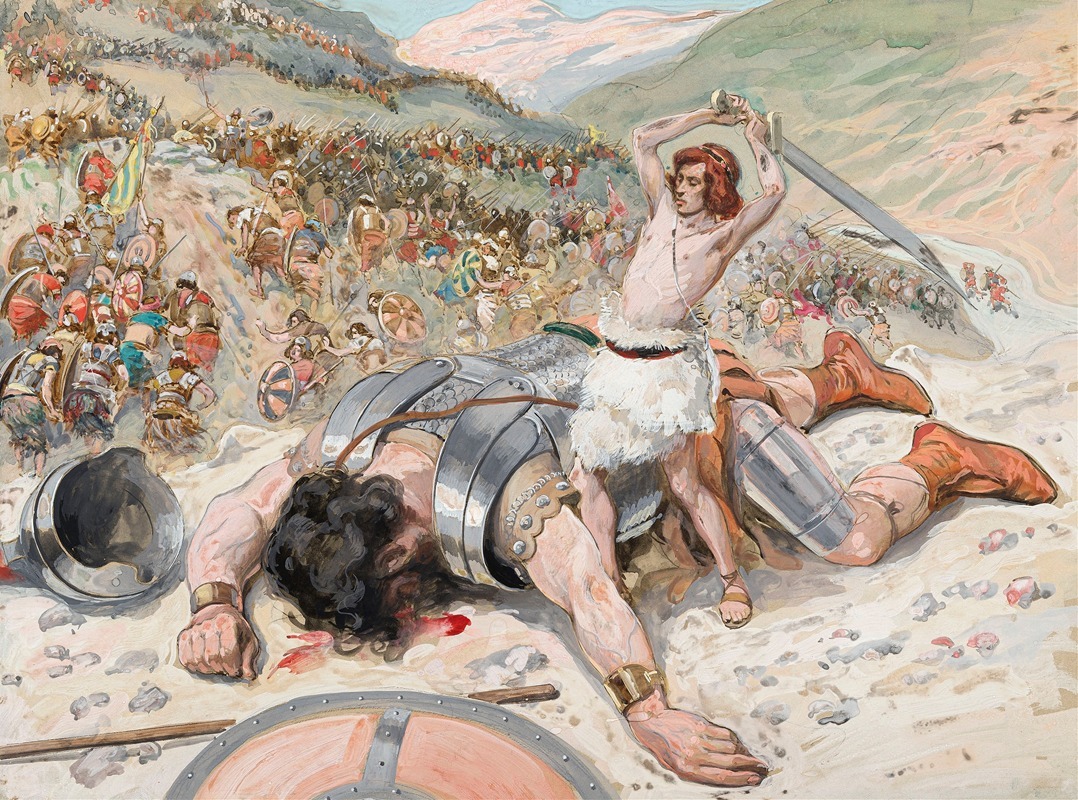
David Cuts Off the Head of Goliath
A hand-painted replica of James Tissot’s masterpiece David Cuts Off the Head of Goliath, meticulously crafted by professional artists to capture the true essence of the original. Each piece is created with museum-quality canvas and rare mineral pigments, carefully painted by experienced artists with delicate brushstrokes and rich, layered colors to perfectly recreate the texture of the original artwork. Unlike machine-printed reproductions, this hand-painted version brings the painting to life, infused with the artist’s emotions and skill in every stroke. Whether for personal collection or home decoration, it instantly elevates the artistic atmosphere of any space.
James Tissot, a French painter and illustrator, is known for his detailed and vivid depictions of biblical scenes. One of his notable works is "David Cuts Off the Head of Goliath," which is part of his extensive series illustrating the Bible. Tissot's religious paintings are renowned for their historical accuracy and attention to detail, as he conducted thorough research and traveled to the Middle East to ensure authenticity in his depictions.
"David Cuts Off the Head of Goliath" illustrates a pivotal moment from the biblical story of David and Goliath, found in the First Book of Samuel, Chapter 17. In this narrative, David, a young shepherd, defeats Goliath, a giant Philistine warrior, with a single stone from his sling. After Goliath falls, David uses the giant's own sword to decapitate him, securing a victory for the Israelites over the Philistines.
Tissot's painting captures the aftermath of this dramatic encounter. The composition focuses on David, who is depicted as a youthful and determined figure. He stands over the fallen Goliath, holding the severed head triumphantly. The scene is rendered with Tissot's characteristic attention to detail, from the textures of the clothing to the expressions on the characters' faces. The background and setting are designed to reflect the historical and geographical context of the biblical story, showcasing Tissot's commitment to authenticity.
Tissot's work is part of a larger collection known as "The Life of Christ," which he began in the late 19th century after experiencing a religious awakening. This series includes over 350 watercolors that illustrate various events from the Old and New Testaments. Tissot's dedication to this project was profound, as he aimed to create a comprehensive visual narrative of the Bible. His efforts were well-received, and the series was exhibited in Paris, London, and New York, attracting significant attention and acclaim.
The painting "David Cuts Off the Head of Goliath" is housed in the Jewish Museum in New York City, which acquired a significant portion of Tissot's biblical illustrations. The museum's collection provides insight into Tissot's artistic process and his interpretation of biblical events. His works continue to be studied for their artistic merit and their contribution to religious art.
Tissot's depiction of David and Goliath is notable not only for its artistic qualities but also for its reflection of the themes of faith, courage, and divine intervention. The story of David and Goliath has been a source of inspiration for countless artists, and Tissot's interpretation remains a significant contribution to this tradition. Through his meticulous approach and dedication to authenticity, Tissot has left a lasting impact on the portrayal of biblical narratives in art.





